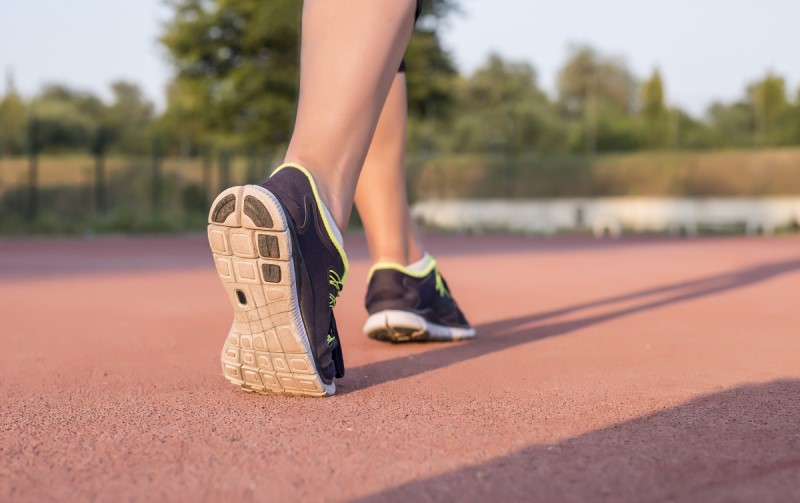Nonalcoholic steatohepatitis (NASH) is a liver disease that is often called a “silent” disease because it can develop without any symptoms. It is a type of nonalcoholic fatty liver disease (NAFLD) that is characterized by the buildup of fat in the liver. Over time, the buildup of fat can cause inflammation and damage to the liver tissue.
NASH is a serious condition because it can lead to liver scarring, also known as fibrosis, and eventually cirrhosis, a late-stage liver disease that can be life-threatening. NASH is also associated with an increased risk of liver cancer.
Although the exact cause of NASH is not fully understood, it is often associated with obesity, type 2 diabetes, high cholesterol, and high blood pressure. These conditions can cause insulin resistance, which leads to an accumulation of fat in the liver. Other factors that may contribute to the development of NASH include genetics and certain medications.
Diagnosing NASH can be difficult because there are often no symptoms in the early stages of the disease. However, blood tests and imaging tests, such as ultrasound and MRI, can help to detect liver damage and fat buildup in the liver. A liver biopsy, where a small sample of liver tissue is taken and examined under a microscope, is currently the most accurate way to diagnose NASH.
There is currently no approved medication to treat NASH, but lifestyle changes can help to improve the condition. Losing weight, eating a healthy diet, exercising regularly, and managing conditions such as diabetes and high cholesterol can all help to reduce fat buildup in the liver and improve liver health.
In conclusion, NASH is a serious liver disease that can develop without any symptoms. It is often associated with obesity, type 2 diabetes, and other metabolic conditions. Early detection and management of NASH through lifestyle changes is crucial to prevent liver scarring and other complications.
“DietSensor Nash” for iOS (download here) is a nutrition coaching app specialized in NASH to help patients affected by the disease tackle and if possible reverse it. It provides daily guidance, meal plans, a meal generator to match your preferences, nutrition education, macronutrient tracking, and a chat with a dietitian. It starts at the price of $49 to make sure anybody has access to its science-backed content.
References:
Pfizer. (2021). What You Need to Know About This Silent Liver Disease Called NASH. Retrieved from https://www.pfizer.com/news/articles/what_you_need_to_know_about_this_silent_liver_disease_called_nash
LabCorp. (2021). What is NASH? Retrieved from https://www.labcorp.com/NASH/patients
Cleveland Clinic. (2021). Nonalcoholic Steatohepatitis. Retrieved from https://my.clevelandclinic.org/health/diseases/22988-nonalcoholic-steatohepatitis




